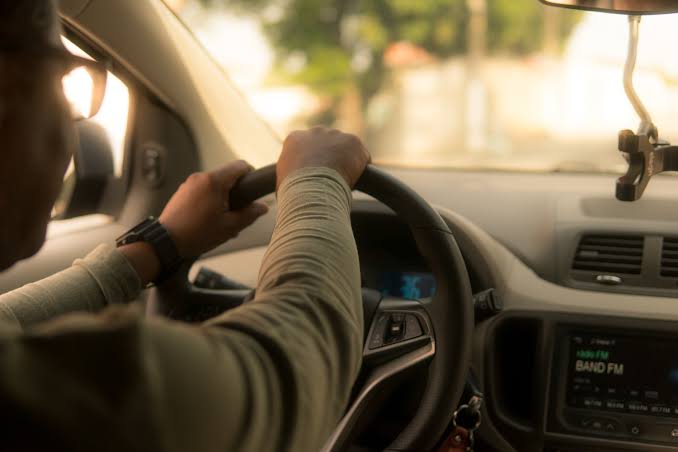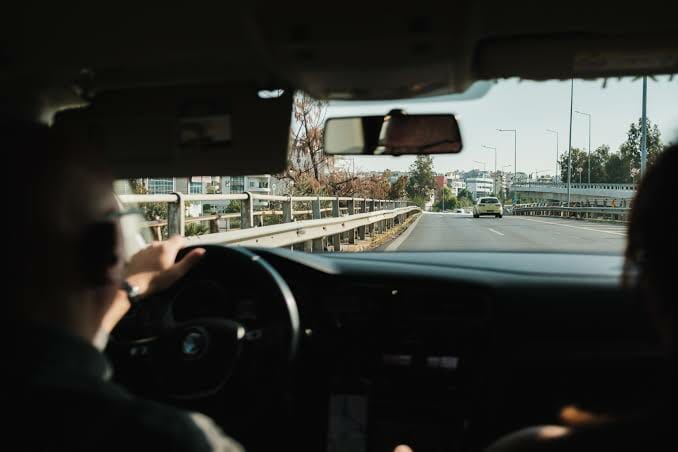How To Go Hiking Without A Car : 6 Helpful Ways
The love for hiking isn’t tied to car ownership. If you’re a nature enthusiast and hiking calls to your heart, you’ll find a way. Whether it’s through public transportation, biking, hire a uber or even carpooling with fellow hikers, there are countless avenues to access those breathtaking trails.

Remember, if you have the spirit of a hiker, you’ll always find a path forward. As a hiker without access to a car, I’ve uncovered innovative ways to fully immerse myself in nature without the need for four wheels.
In this article, I’ll share valuable insights on how to enjoy the thrill of hiking, car-free.
How To Go Hiking Without A Car?
Hiking without car may seem daunting at first, but trust me, it’s a rewarding adventure waiting to be embraced.
Hiking without a car is a testament to your commitment to both adventure and sustainability.
It means you’re making a conscious choice to reduce your environmental impact while immersing yourself in the natural beauty of our world. Here are some possible ways you can go to hiking without car.
Public Transportation
I’ve found that using public transportation for hiking adventures has not only been environmentally responsible but also incredibly freeing. It allows me to focus solely on the hiking experience, connecting with nature without distractions.
Many hiking trails are accessible by public transportation, such as buses or trains. Research the available routes, schedules, and stops near your desired trailhead.

I use public transportation for going hiking in different regions. This is economical, and on long hikes, you don’t need to worry about your vehicle like me.
The vast network of buses and trains open up a world of hiking possibilities, offering an eco-friendly, hassle-free, and cost-effective mode of transportation.
But research is your best friend when planning a car-free hiking trip. Before setting off, take the time to thoroughly investigate the public transit options available in your area.
Look for bus or train routes that have stops near your desired trailhead. Many national and state parks now have dedicated shuttle services during peak hiking seasons, making it even easier to access remote trails.
Economically speaking, public transportation is a pocket-friendly option. No need to worry about fuel costs, parking fees, or the wear and tear on your vehicle during long, rugged journeys. Plus, you can sit back and relax, enjoying the scenery on the way to your hiking destination, without the stress of driving.
Uber
When I need a convenient and flexible way to reach trailheads without a car, I often turn to ride-sharing apps like Uber or Lyft. These services are a game-changer for hikers, especially when they’re readily available in your area.
Ride-sharing offers a level of convenience that’s hard to beat. With just a few taps on your smartphone, a driver will pick you up from your doorstep and drop you off at the trailhead of your choice.

No need to worry about timetables or schedules – you’re in control of when and where you start your hiking adventure.
While it’s true that ride-sharing might be a bit more expensive compared to other options like public transportation or biking, the benefits are worth considering.
You’re paying for the freedom to set your hiking schedule and the ease of reaching even remote trailheads. Plus, you won’t have to worry about the wear and tear on your own vehicle, which can be a cost-saving factor in the long run.
Biking
Biking is also an option. When I’m not in the mood to rely on local public transport, I often opt for my trusty bike as my mode of travel to reach hiking destinations.
Biking to hiking spots offers a unique blend of adventure and eco-friendliness. It allows me to combine my love for biking with my passion for hiking, creating a wholesome outdoor experience.

I get to choose my own pace, stop whenever I want to soak in the scenery, and explore hidden trails that might not be accessible by car or public transport.
The physical exertion of cycling to the trailhead not only warms up my muscles but also gets me in the right mindset for hiking. It’s a great way to kickstart the day with some exercise.
Biking is a cost-effective option. I don’t have to worry about fuel costs, parking fees, or public transport fares. It’s a budget-friendly choice for any avid hiker.
Walking
Near me I have some hiking trails about 3 to 4 kms I normally head toward these trails by walking.
Walking is fantastic exercise. It warms up my muscles, gets my heart rate up, and mentally prepares me for the hike ahead. It’s like a built-in warm-up routine.

If you find yourself living in proximity to a hiking paradise, don’t hesitate to embrace the simplicity and charm of walking to the trail. It’s a delightful way to connect with nature, reduce your carbon footprint, and fully immerse yourself in the hiking experience, right from your doorstep.
Tour companies
I’ve also discovered that many companies specialize in organizing hiking tours, and staying in touch with them lead to finding some incredible deals for your next adventure.
Tour companies often have experienced guides who know the ins and outs of the hiking trails. They provide valuable insights, ensuring you have a safe and enjoyable experience.
Booking a hiking tour is simplify the planning process. They take care of logistics like transportation, permits, and accommodations, allowing you to focus on the hike itself.
Many tour companies offer group discounts. By connecting with them, you might discover opportunities to join like-minded hikers and share the cost, making your adventure more budget-friendly.
Safety is paramount when hiking, especially in remote areas. Tour companies prioritize safety protocols, ensuring you’re well-prepared for any challenges that may arise on the trail.
To find the best deals, keep a close eye on their websites and social media channels. Sign up for newsletters to receive updates on upcoming tours and promotions.
Engaging with their online communities can also lead to valuable insights and discounts.
Carpooling
Carpooling is a fantastic option for those of us who lack a personal vehicle but are fortunate enough to have friends or acquaintances with cars. Here’s why I find it to be a game-changer:
Carpooling transforms the journey to the trailhead into a shared adventure. It’s an opportunity to bond with fellow nature enthusiasts, exchange hiking stories, and build lasting connections.

Sharing the costs of transportation significantly reduces the financial burden of reaching hiking destinations. Expenses like fuel and parking fees become more manageable when split among friends.
Carpooling aligns perfectly with eco-conscious hiking values. Fewer vehicles on the road mean reduced carbon emissions, contributing to a cleaner and greener environment.
So, if you’re without a car but have friends willing to share the journey, consider organizing a carpooling adventure for your next hiking expedition. It’s a win-win situation, where you get to enjoy the company of like-minded individuals, save on costs, and embark on memorable hikes together.
Safety Considerations: My Personal Tips for Car-Free Hiking
When heading on hiking adventures without a car, safety remains a top priority. Here are some essential safety measures, drawn from my own experiences, to ensure a secure and enjoyable journey into the wilderness.
Notify Someone of Your Plans
Before setting out on your car-free hiking excursion, always inform a trusted friend or family member about your itinerary. Share details like the trail you’ll be hiking, your estimated return time, and the location of your chosen trailhead. This precaution ensures that someone knows your whereabouts in case of an emergency.
Accidents can happen, even on the most well-trodden trails. Carrying a well-stocked first-aid kit is a must. Include essentials like bandages, antiseptic wipes, pain relievers, and any personal medications you may need.
Knowing how to use these items is equally important, so consider taking a basic first-aid course.
Carry Adequate Supplies
Even if you’re not traveling by car, ensure you have enough water, food, and clothing appropriate for the hike’s duration and conditions. Staying hydrated and well-nourished is crucial for your well-being.
Hike with a Buddy
If possible, hike with a companion. Two heads are often better than one when it comes to decision-making and handling unexpected situations.
Conclusion
By adhering to these safety measures, your car-free hiking adventures can be not only exhilarating but also secure. Remember, prioritizing safety ensures that you can continue to explore nature’s wonders with peace of mind.


